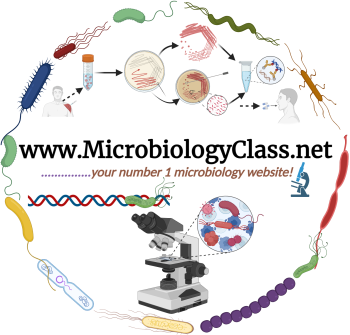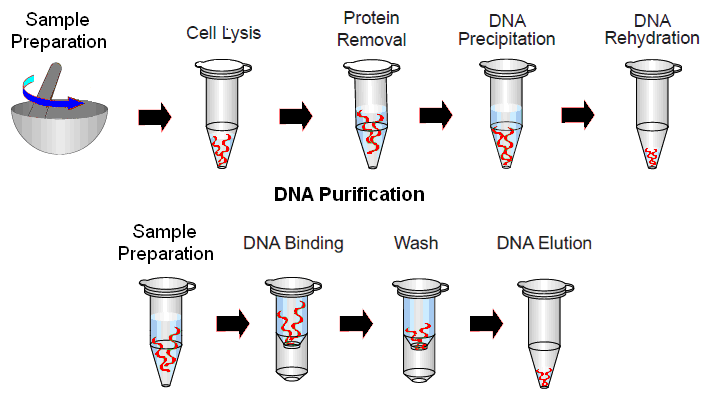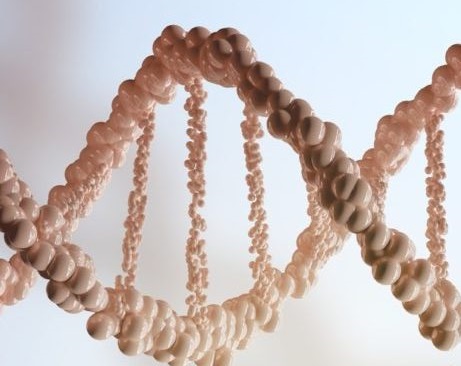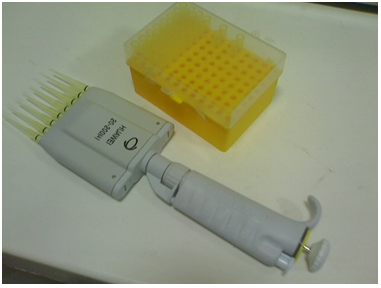The types of solid support for binding DNA are as follows:
1. Silica Matrix
Silica Matrix is a solid support for binding DNA. DNA binds to silica in the presence of high concentrations of chaotropic salts (e.g., guanidium HCL), but protein does not. Salts can be removed with an alcohol-based wash and DNA eluted in low-ionic-strength solution such as TE or water.
2. Anion-Exchange Columns
Anion-Exchange Columns is another solid support for binding DNA. Purification is based on the interaction between the negatively charged phosphate groups of DNA and the positively charged molecules on the column. Under low-salt conditions, DNA binds, and protein and RNA (depending on the buffer used) are washed away. DNA is eluted with a high-salt buffer.
3. Magnetic Separation of DNA on Particles
Magnetic Separation of DNA on Particles is another method of solid support for binding DNA. Many commercial systems are based on capture of DNA from solution using magnetic particles. Magnetic particles can be made of materials such as silica, with binding and elution of DNA dependent on salt concentration or pH.
DNA PURITY, CONCENTRATION AND INTEGRITY
Pure, intact DNA is critical for many downstream assays. A common method for assessing DNA purity is to measure sample absorbance at 260nm, which is the wavelength at which DNA has peak absorbance. Other organic compounds that may be used during purification or that may carry over from your sample can be detected by measuring absorbance at 280nm. Fluorescent dyes and qPCR are alternative methods for calculating DNA concentration and determining the integrity of your preparation.
Source:
PROMEGA
www.promega.com
Discover more from Microbiology Class
Subscribe to get the latest posts sent to your email.





